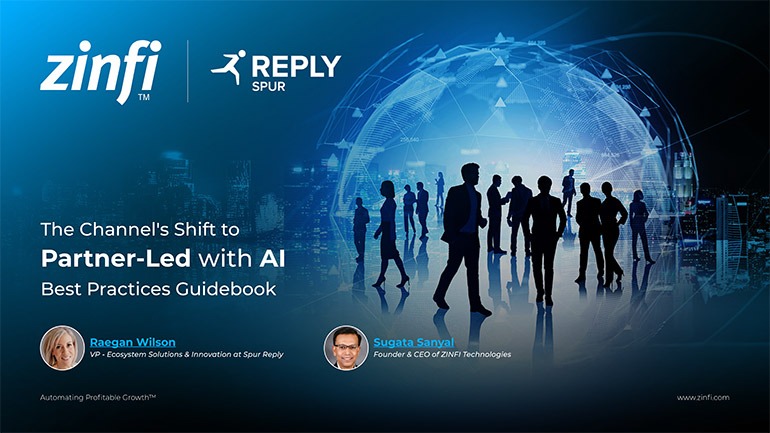Best Practices Articles

Partner Enablement Reimagined: Empowering Growth with AI and Personalization
Partner enablement has evolved from a checkbox activity into a critical engine behind channel success. Previously, vendors handed partners generic content, hosted occasional webinars, and assumed enablement had occurred. But today’s ecosystem no longer rewards these outdated practices. Partners operate in complex, competitive, and digital-first environments. They demand contextual support, not canned playbooks. To meet those demands, vendors must transform enablement into an intelligent, personalized, and proactive discipline that powers modern partner marketing.
The traditional methods—delivering long PDFs or conducting broad onboarding presentations—fail to engage a diverse partner base. Some partners specialize in global integration. Others act as MSPs, vertical-focused consultancies, or ISVs aligned with cloud platforms. Each plays a unique role in the buyer journey. Treating them all the same only guarantees poor results.
Meanwhile, customer expectations keep rising. Buyers want speed, relevance, and problem-solving from the first interaction. Partners that lack the enablement to respond quickly or accurately lose opportunities. When vendors enable partners poorly, everyone pays the price.
Effective partner marketing today demands more than content repositories. Vendors must deliver modular toolkits, AI-driven insights, contextual coaching, and continuous feedback loops. They must educate partners on how to market and why tactics like intent targeting, SEO optimization, and vertical messaging matter. That clarity drives action.
Vendors now have the tools to make this possible. AI allows them to analyze behavior and recommend relevant content. Scalable portals and learning platforms let them support hundreds of partners with personalized paths. Predictive analytics help them engage before problems arise. With the right strategy, even mid-market vendors can match or surpass enterprise enablement performance.
This article outlines five critical shifts vendors must make to reinvent enablement: moving from static to modular content, delivering role-specific experiences, activating predictive engagement, adopting coaching over training, and tying enablement to business outcomes. When executed well, these pillars place partner marketing at the growth center.
1. Replace Static Enablement with Modular, Contextual Content
Traditional enablement relied on one-size-fits-all content. Vendors created long-form assets, uploaded them to a portal, and assumed partners would use them. But partners need answers, not encyclopedias. They seek clarity, not complexity. Modular enablement changes the game by providing digestible, targeted components aligned to real-world needs.
Vendors now build micro-content instead of delivering a dense guide: one-pagers, explainer videos, quick-play campaign kits, and vertical pitch decks. These pieces solve specific problems quickly. A partner can grab a vertical messaging sheet for healthcare or a call script for mid-funnel outreach—exactly when needed.
This modular approach supports flexibility. Vendors easily update individual assets without recreating entire kits. They localize messaging by region or adapt materials for different partner types. This agility keeps content fresh and relevant across the ecosystem.
Innovative vendors tie each asset to an action. They clarify when to use it, how to use it, and why it works. That direction helps partners move from content consumption to execution—fast. Modular enablement doesn’t just inform. It drives outcomes.
Technology enhances this approach. AI-enabled portals recommend assets based on user behavior. A new MSP logging in sees onboarding kits, while a mature VAR accessing advanced content sees demand-generation assets. These dynamic experiences make enablement both personal and scalable.
When vendors replace bulk downloads with curated toolkits, partners engage more consistently. They use more of what’s provided and execute with greater confidence. That shift transforms enablement from a static requirement into a strategic partner marketing asset.
2. Deliver Personalized Experiences Based on Role and Maturity
Partner ecosystems contain many types of professionals: marketers, sellers, pre-sales engineers, and technical consultants. Each interacts with vendor content differently. A senior marketing lead may seek co-branded campaign templates, while a pre-sales engineer looks for objection-handling frameworks; when vendors fail to tailor experiences to role and maturity, engagement drops.
Effective enablement begins with segmentation. Vendors classify partners by business model, vertical, and lifecycle stage. They identify whether a partner needs onboarding support, campaign guidance, or performance optimization. Based on these signals, they assign role-specific content and action paths.
Modern portals support this strategy. A marketer sees campaign execution tools. A salesperson views product positioning and ROI calculators. An engineer accesses integration playbooks and demos. Vendors remove clutter and serve content that fits.
AI enhances personalization by analyzing previous activity. If a partner frequently downloads financial services assets, the system recommends new campaigns aligned with that vertical. If the partner launches email plays but ignores paid media, the system suggests training in that channel.
Even without enterprise infrastructure, vendors can implement intelligent personalization. They apply simple tags, structure portals logically, and create tiered journeys that evolve as partners grow. These touchpoints guide partner behavior without creating more manual work.
When vendors tailor experiences, they show partners that they understand their business. That empathy builds trust, increases usage, and deepens partner marketing collaboration.
3. Move from Passive Enablement to Predictive Engagement
Enablement fails when it waits. Passive models depend on partners logging in, discovering resources, and executing. But with busy schedules and competing priorities, many partners don’t engage unless prompted. Predictive engagement solves this by anticipating needs and delivering enablement proactively.
Vendors use data to drive predictions. They track which partners launch campaigns, attend webinars, or generate leads. They then model future behavior based on these inputs. A partner who executes two campaigns per quarter likely needs support before their next launch. A partner who completed onboarding but never ran a campaign likely needs intervention.
AI amplifies this insight. Innovative systems nudge partners toward the following steps—without human input. A system notices when a partner finishes a campaign and suggests follow-up tactics. Or it detects when a partner drops off and re-engages with a personalized campaign.
Predictive enablement builds momentum. Partners no longer have to search for support. They receive it just in time. This increases campaign frequency, accelerates onboarding, and reduces friction.
Proactive engagement also improves loyalty. When partners receive relevant content without asking, they feel seen and supported. They view the vendor as a strategic ally, not just a content source.
Vendors rely on engagement scoring, content tracking, and behavioral trends to scale this. They interpret patterns and build playbooks for outreach. Then, they automate it through CRM alerts, portal notifications, and email sequences.
When vendors stop waiting and start guiding, partners perform better. They launch more campaigns, engage more consistently, and treat partner marketing as a shared growth function—not a download center.
4. Shift from Training to Coaching for Long-Term Impact
Webinars and certifications once defined partner training. Vendors ran long sessions, presented slide decks, and expected partners to absorb knowledge. But training alone doesn’t change behavior. Coaching does.
Coaching focuses on application. It helps partners analyze performance, set goals, and optimize tactics. Instead of asking, “Did you attend?” coaching asks, “What did you apply—and what did you learn?”
Effective coaches listen before advising. They ask partners about past experiences, pain points, and business goals. Then, they recommend actions based on that input. Coaching conversations feel personal, not prescriptive.
Vendors deploy coaching through partner managers, account-based marketing leads, and scalable formats. They host monthly strategy clinics, run live campaign reviews, or offer drop-in office hours. These interactions create space for conversation—not just instruction.
Technology extends coaching. Vendors embed feedback loops into portals. After a campaign, partners submit results, and the system offers suggestions. AI delivers instant feedback and flags gaps. This reduces the support burden while improving performance.
Coaching drives commitment. Partners who feel invested in—and receive thoughtful support—stay longer, execute more, and grow faster. They see coaching as a partnership, not a transaction.
In high-performing ecosystems, vendors recognize coached partners publicly. They feature case studies, highlight wins, and celebrate creativity. These stories inspire peers and reinforce a culture of excellence.
When vendors stop training in isolation and start coaching with purpose, they move partner marketing into a relationship-centric model that drives lasting value.
5. Align Enablement with Business Outcomes
Enablement cannot succeed in isolation. Vendors who fail to connect content, training, or certifications to business performance waste time and lose partner confidence. Modern ecosystems demand outcome-aligned enablement that links activity with measurable success.
Vendors begin by defining the right goals. Do they want more campaign activations? Higher lead conversion? Faster onboarding? Stronger vertical performance? Once clear, they design enablement to drive that result.
Each program must include KPIs. If the goal is to increase campaign launches, vendors track content downloads, activation rates, and MQL volume. If the goal is deeper co-selling, they track opportunity registration and win rates.
Dashboards bring these insights to life. Partners log in to see their progress: campaigns run, certifications completed, and leads generated. Vendors also track trends: which assets perform best, which partners activate most, and where drop-off occurs.
Outcome alignment empowers vendors to justify the investment. When they demonstrate that a campaign toolkit increased pipeline by 25% or that coaching boosted partner retention by 30%, they earn more budget and executive support.
These insights also fuel optimization. Vendors compare top-performing partners to others. They identify best practices and scale them. They remove underperforming assets and double down on high-impact tools.
Crucially, vendors share success data with partners. They provide quarterly business reviews, campaign scorecards, and actionable recommendations. This transparency turns enablement into a shared growth discipline.
When enablement aligns with outcomes, partners don’t just consume—they act. They see value, track ROI, and build partner marketing into their core revenue strategy.
Conclusion
Partner enablement defines whether partner marketing programs succeed or stagnate. In a fragmented, competitive ecosystem, partners can no longer afford guesswork—and neither can vendors. Those who treat enablement as a box to check will continue to lose mindshare, revenue, and opportunity. But those who build intelligent, dynamic, and personalized enablement systems will unlock scale, loyalty, and performance across their ecosystem.
Vendors must reframe enablement as a growth function. They must replace static content with modular toolkits, shift from general messaging to personalized guidance, stop reacting to engagement trends, and start predicting them. They must offer coaching, not just training. They must measure results, not just downloads.
This shift transforms enablement into the engine of ecosystem momentum. Partners who feel supported, seen, and guided engage more frequently, execute more confidently, and contribute more consistently. They treat vendor programs as not a requirement but a competitive advantage.
The brands that win in this new environment won’t simply create more assets. They will deliver more clarity. They will act with precision. They will enable empathy.
In doing so, they will elevate partner marketing from support function to strategic differentiator—and build ecosystems that scale with speed and purpose.
Best Practices Guidebook
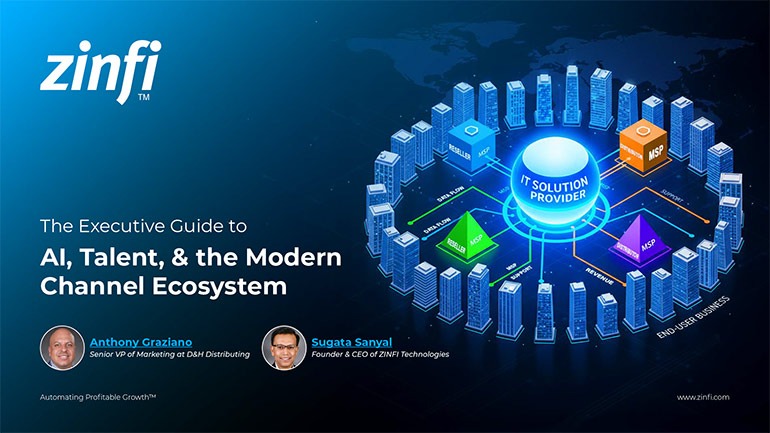 Modernizing Channel Marketing: AI and Ecosystem Enablement Best Practices
Modernizing Channel Marketing: AI and Ecosystem Enablement Best PracticesDownload for FREE
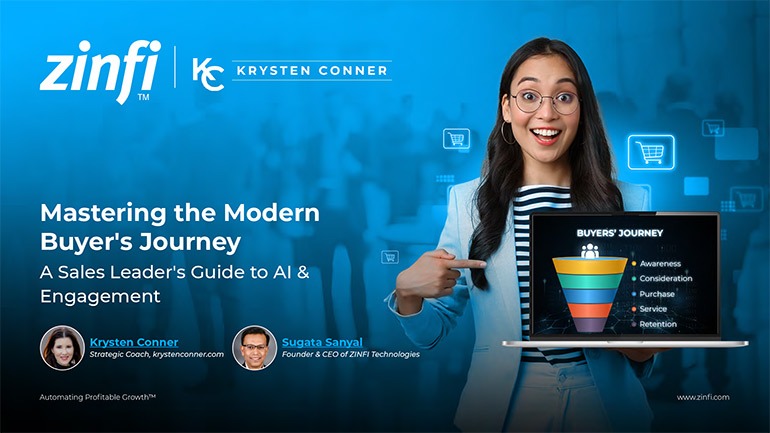 The Channel’s Shift to Partner-Led With AI Best Practices
The Channel’s Shift to Partner-Led With AI Best PracticesDownload for FREE
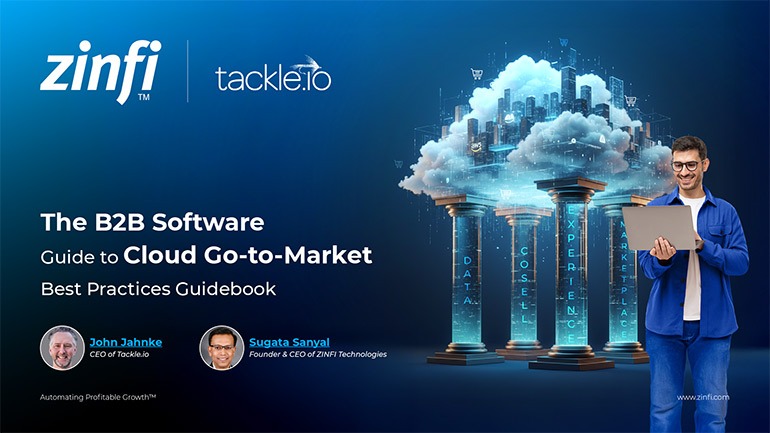 Hyperscalers, ISVs, and AI: Shaping the Future of B2B Software Distribution
Hyperscalers, ISVs, and AI: Shaping the Future of B2B Software DistributionDownload for FREE
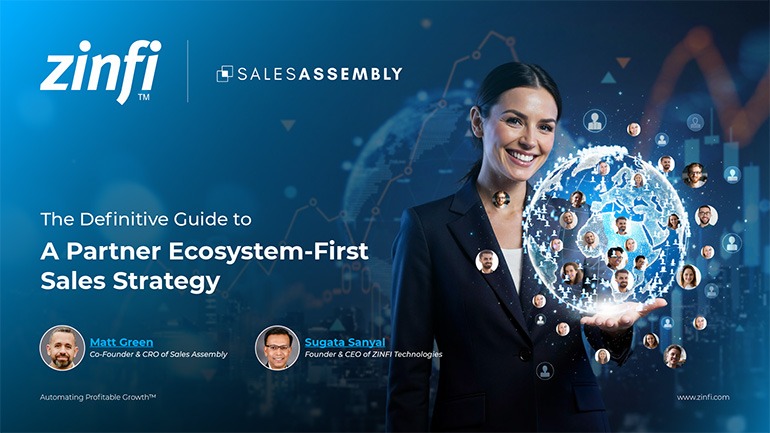 Definitive Guide to a Partner Ecosystem-First Sales Strategy
Definitive Guide to a Partner Ecosystem-First Sales StrategyDownload for FREE
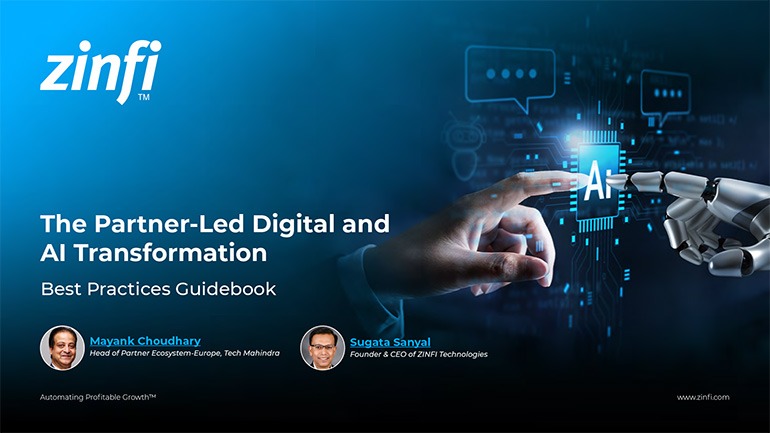 The Partner-Led Digital and AI Transformation Best Practices
The Partner-Led Digital and AI Transformation Best PracticesDownload for FREE
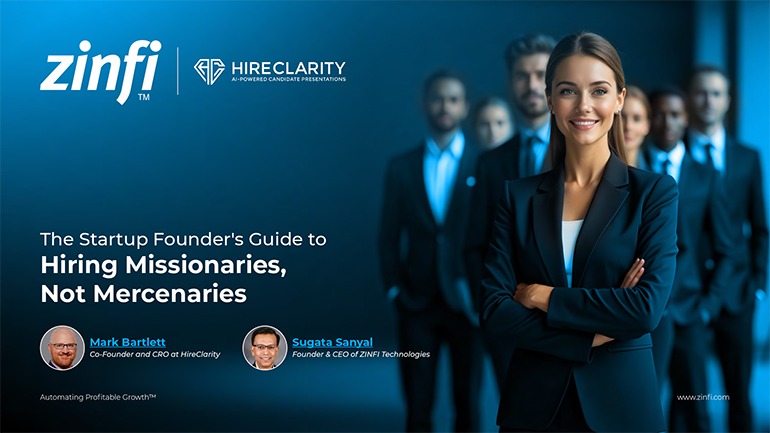 Startup Talent Recruitment: Hiring Missionaries, Not Mercenaries
Startup Talent Recruitment: Hiring Missionaries, Not MercenariesDownload for FREE
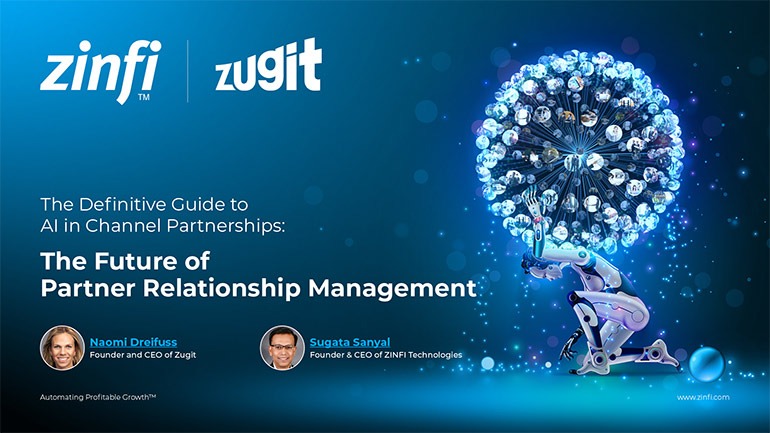 The Future of Partner Relationship Management with AI in Partnerships
The Future of Partner Relationship Management with AI in PartnershipsDownload for FREE
 Cybersecurity for the 99%: Strategies from the Frontline
Cybersecurity for the 99%: Strategies from the FrontlineDownload for FREE
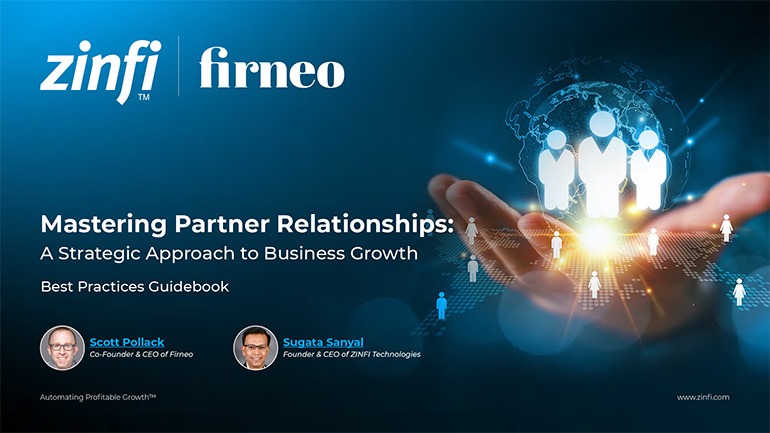 Mastering Partner Relationships: A Strategic Approach to Business Growth
Mastering Partner Relationships: A Strategic Approach to Business GrowthDownload for FREE
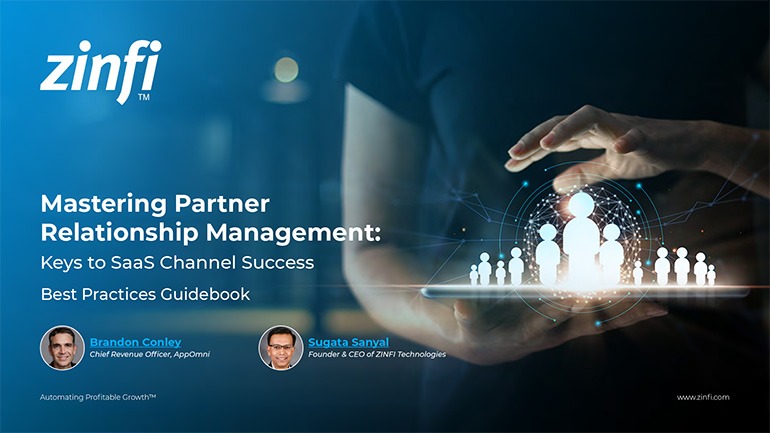 Mastering Partner Relationship Management: Keys to SaaS Channel Success
Mastering Partner Relationship Management: Keys to SaaS Channel SuccessDownload for FREE
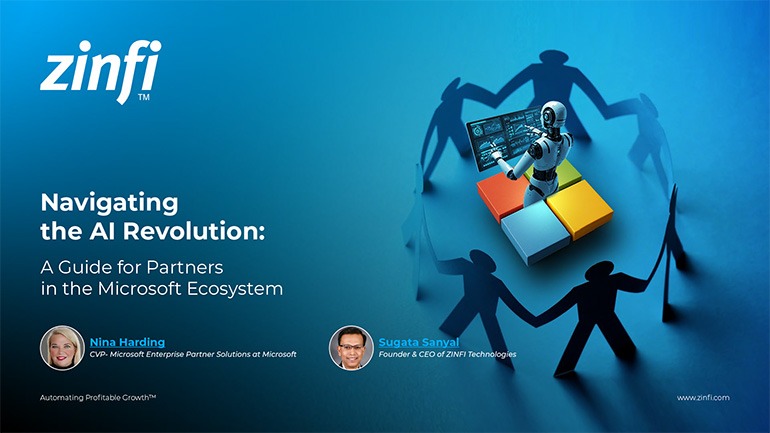 Navigating the AI Revolution: Guide for Partners in the Microsoft Ecosystem
Navigating the AI Revolution: Guide for Partners in the Microsoft EcosystemDownload for FREE
 Mastering the Modern Buyers Journey: Sales Leader’s Guide to AI & Engagement
Mastering the Modern Buyers Journey: Sales Leader’s Guide to AI & EngagementDownload for FREE

